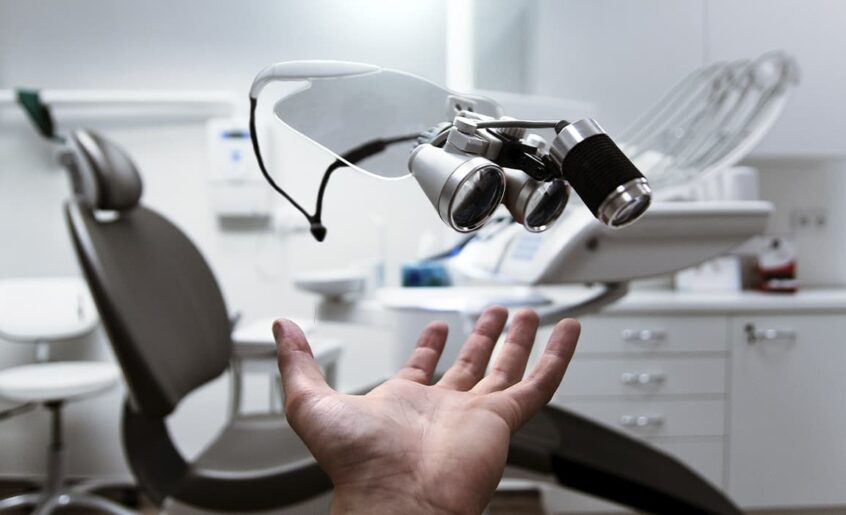According to most experts who predict the development of science and technology, the 21st century must become the “century of communications,” which implies the widespread use of global information systems. The use of such systems in medicine opens up qualitatively new opportunities:
- ensuring the interaction of regional clinics with major medical centers;
- Obtaining the latest scientific research results promptly;
- staff training and retraining.
These possibilities can be characterized by one general concept: telemedicine.
Telemedicine is a set of modern diagnostic and treatment methods that provide for remote medical information management.
The emergence of telemedicine is commonly associated with medical monitoring during spaceflight. Initially it was the measurement of vital signs in animals on spacecrafts, then in astronauts.
With the advent of networking technologies, telemedicine received a powerful impetus in its development. The particular reason for the breakthrough of telemedicine in practice was the rapid development of communication networks, as well as information handling methods, which made it possible to provide bilateral and multilateral exchange of video and audio information and any accompanying documentation. The simplest case of realizing the possibilities of telemedicine is the rapid access of the physician to the necessary reference information.
The main application of telemedicine is the service for those groups of people, who find themselves far away from the medical centers or who have a limited access to the medical services.
Another important application of telemedicine is the system of regional diagnostic centers, when there is a need for rapid communication between the attending physician and the diagnostician, who find themselves in different medical institutions, often separated by long distances.
Another important area of telemedicine is the urgent care situation and complicated cases when urgent consultation with specialists from central medical institutions is required to save the patient or determine the treatment tactics in complicated situations, including in the world’s largest medical centers.
The next trend is also distance medical education.
The most promising trends in the creation of modern information systems can be summarized by the notion of “model-driven architecture” (MDA) The philosophy behind this approach is that in a complex system it is impossible to foresee all possible scenarios, future system development, etc. Therefore, it is advisable to develop some common object model and define the principles of its extension and integration of applications into the system. MDA solves these issues by separating design and implementation tasks. This allows for the rapid development and implementation of new interaction specifications using newly deployed technologies based on reliably validated models. The process of creating information MDA is a typical established cycle of development of any complex information project: the requirements generation phase – the analysis phase – the implementation phase. Within each phase, issues specific to it are worked out in terms of compliance with requirements, consistency, and functionality. Modern information systems are usually deployed in global networks such as the Internet. Telemedicine systems are no exception. The time of stand-alone, local applications is becoming a thing of the past. They are being replaced by information systems characterized by a variety of architectures, multi-platforms, a variety of data formats and protocols.
